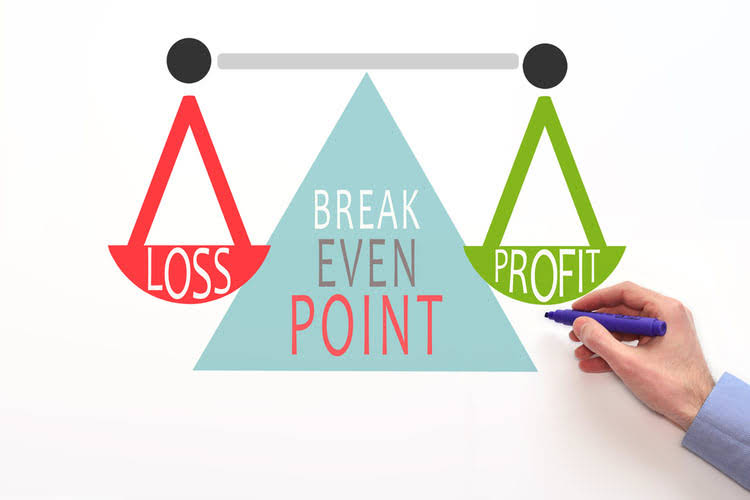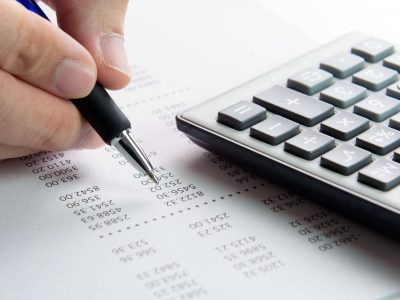
Cash-out transactions in CFF happen when dividends are paid, while cash-in transactions occur when the capital is raised. Cash-out items are those changes caused by the purchase of new equipment, buildings, or marketable securities. It can be considered as a cash version of the net income of a company since it starts with the net income or loss, then adds or subtracts from that amount to produce a net cash flow figure. Sometimes, even a slight increase in pricing, if justified by value addition, can boost cash flow without affecting demand significantly. To find your NWC, you’ll need the Balance Sheets from two consecutive periods (a period can either be a fiscal quarter or a year). Calculate NWC for each period by subtracting the current liabilities from current assets.

Get in Touch With a Financial Advisor
If the trend of FCF is stable over the last four to five years, then bullish trends in the stock are less likely to be disrupted in the future. However, falling FCF trends, especially FCF trends that are very different compared with earnings and sales trends, indicate a higher likelihood of negative price performance in the future. Free cash flow is often evaluated on a per-share basis to evaluate the effect of dilution. Because FCF accounts for changes in working capital, it can provide important insights into the value of a company, how its operations are being handled, and the health of its fundamental trends.

How Are Cash Flows Different From Revenues?
Cash flow is the movement of money into and out of a company over a certain period of time. If the company’s inflows of cash exceed its outflows, its net cash flow is positive. Public companies must report their cash flows on their financial statements. This information can be of great interest to investors as an indicator of a company’s financial health, especially when combined with other data.
Ways to Increase Cash Flow from Assets
The free cash flow formula is the most purposeful of the options covered here. It’s perfect for understanding just how much cash flow was generated that’s free to use or reinvest in the business. All you have to do is subtract your taxes from the sum of depreciation, change in working capital, and operating income. Cash flow from financing activities provides investors with insight into a company’s financial strength and how well its capital structure is managed. It is calculated by taking cash received from sales and subtracting operating expenses that were paid in cash for the period.
The main components of a cash flow statement are cash flows from operating activities, investing activities, and financing activities. The cash flow statement is an essential financial statement for any business as it provides critical information regarding cash inflows and outflows of the company. Instead, cash flow represents the movement of money into and out of a business over a specific period of time.. Cash flow provides insights into a company’s financial health and capacity to generate positive returns for its investors. Unlike other measures that are used to analyze cash flow in a company, such as earnings or net income, free cash flow is a measure of profitability that excludes the non-cash expenses of the income statement.
Reveals Outcomes of Past Financial Strategies and Decisions
- This information is helpful so that management can make decisions on where to cut costs.
- Cash flow pertains to the overall cash movement in and out of your business.
- The direction of these changes can be indicative of a company’s health and future prospects.
- Another important function of the cash flow statement is that it helps a business maintain an optimum cash balance.
- Investors favor this metric because if a business is generating positive cash flow from operations, it’s more likely to be scalable and worth getting involved in.
- Sometimes, a negative cash flow results from a company’s growth strategy in the form of expanding its operations.
- Some investors prefer to use FCF or FCF per share rather than earnings or earnings per share (EPS) as a measure of profitability.
They can be calculated using the beginning and ending balances of various asset and liability accounts and assessing their net decrease or increase. For an investment company or a trading portfolio, equity instruments or receipts for the sale of debt and loans are also included because it is counted as a business activity. Refinancing high-interest debts can reduce interest payments, leading to more cash remaining in the business.
What is the approximate value of your cash savings and other investments?

Direct cash flow statements show the actual cash inflows and outflows from each operating, investing, and financing activity. While the indirect cash flow method makes adjustments on net income to account for accrual transactions. Cash flow from financing net sales activities measures the cash inflows and outflows related to a company’s financing activities. Financing activities may include borrowing, repaying debt, issuing or repurchasing stock, and paying dividends.

Provides an Overview of Spending
Look for “cash spent on capital assets” (often titled “Purchases of property, plant, and equipment”), and subtract any money received from selling capital assets. The resulting figure is your NCS, representing the net cash used for or received from investments in the company’s long-term assets. If you’re a small business owner, there’s calculate cash flow from assets a good chance you’re often searching for ways to improve cash flow. Sometimes, alternative lending options or new business ideas can provide solutions, but you may first want to look at your business’s cash flow from assets to find opportunities to build up your profit. Free cash flow shows the cash your business has available after operating expenses and capital expenditures. Imagine a company has earnings before interest, taxes, depreciation, and amortization (EBITDA) of $1,000,000 in a given year.
